Municipalities across North America face a dual challenge: maintaining aging infrastructure while managing rising operational costs and ambitious sustainability goals. One of the most effective ways to address all three is through LED lighting retrofits. Replacing outdated lighting systems with LED technology allows local governments to significantly reduce energy use, lower maintenance expenses, and meet environmental targets while improving lighting quality and occupant safety.
Why LED Retrofits Make Sense for Local Governments
Local government buildings such as administrative offices, recreation centers, libraries, public works facilities, and police departments are often among the most energy-intensive in a community. Many of these facilities still operate with fluorescent, metal halide, or high-pressure sodium lighting systems that consume large amounts of energy and require frequent maintenance.
LED technology provides municipalities with an immediate, measurable solution. LEDs can reduce lighting energy consumption by 30 to 70 percent compared to traditional fixtures. In addition, LEDs last up to 50,000 hours or more, which minimizes the frequency of replacements and lowers labor costs. For public buildings that operate long hours, sometimes 24/7, these savings quickly compound. Beyond efficiency, LEDs also enhance visibility, improve color rendering, and increase safety in both interior and exterior municipal spaces.
Long-Term Benefits and Broader Impact
Energy-efficient upgrades create more than just financial savings. They help municipalities meet state and provincial climate action targets, qualify for green certifications, and demonstrate leadership in sustainability to the community. Improved lighting can also boost employee productivity, increase resident satisfaction in public spaces, and enhance security in outdoor areas such as parking lots and public parks.
Municipalities that adopt LED retrofits also gain operational advantages. With networked lighting controls and smart monitoring systems, cities can adjust lighting levels based on occupancy or daylight availability, track maintenance needs remotely, and optimize energy use across multiple facilities. These systems reduce wasted energy and make municipal buildings more adaptable to future energy management technologies.
Making Projects Possible Through Financial Rebates
While the benefits of LED retrofits are clear, the upfront costs can be a barrier for local governments operating on fixed budgets. Fortunately, many utilities and government agencies offer grants, incentives, and rebates specifically for municipalities. These financial tools help offset installation expenses and shorten payback periods, making large-scale retrofit projects more feasible. Programs often provide funding based on energy savings, fixture quantity, or total project size by encouraging local governments to pursue comprehensive upgrades rather than piecemeal replacements.
Case Study: Medicine Hat’s LED Retrofit Initiative
The City of Medicine Hat in Alberta, Canada, offers a strong example of how these projects come together successfully. As part of the Municipal Climate Change Action Centre’s (MCCAC) Community Energy Conservation Program, the city completed LED retrofits at 12 municipal facilities, including City Hall, the Medicine Hat Regional Airport, Co-op Place, and the Esplanade Arts and Heritage Centre.
The MCCAC grant program provided $430,000 toward the $ project, which replaced 2,357 light fixtures and upgraded 883 fluorescent tubes to LEDs. These new systems now use 30 to 50 percent less power, helping reduce lifetime greenhouse gas emissions by an estimated 3,662 tons and saving nearly $98,000 annually in utility costs. In one instance, 320-watt lamps were replaced with brighter 85-watt LEDs which dramatically improved efficiency while maintaining illumination levels.
By leveraging financial rebates for municipalities and strategically targeting high-consumption facilities, Medicine Hat achieved significant operational savings and measurable environmental impact. Their success shows how energy efficiency for municipalities can deliver immediate returns while laying the groundwork for long-term sustainability.
Lighting the Path Forward
Medicine Hat’s example demonstrates that LED retrofits for local government facilities are cost-saving measures and a strategic investment in their community’s future. With the right mix of planning, funding, and technology, municipalities can modernize their infrastructure, reduce environmental impact, and create brighter, safer, and more efficient public spaces for years to come.
Click here to read the full article, originally published August 11, 2025, by Chat News Today.



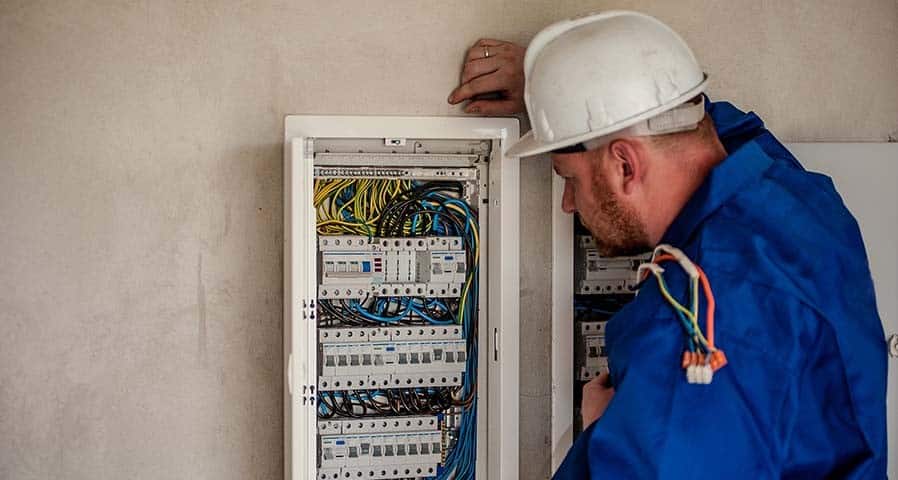

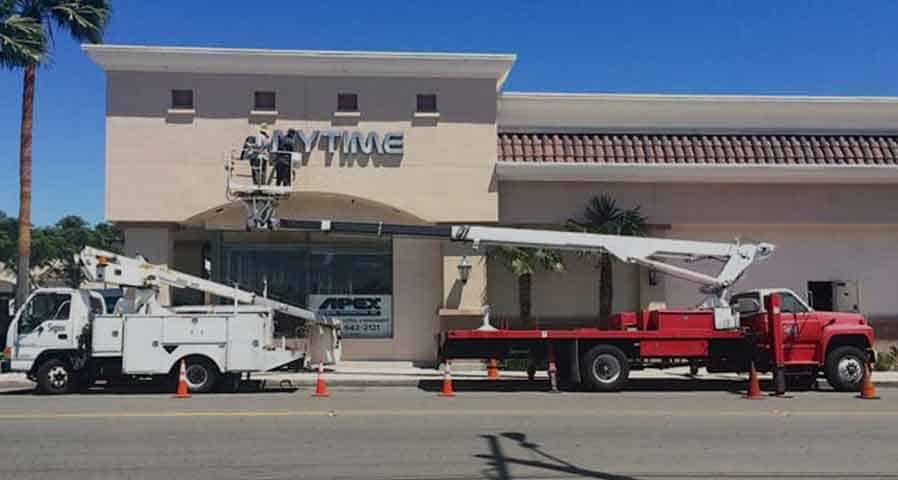

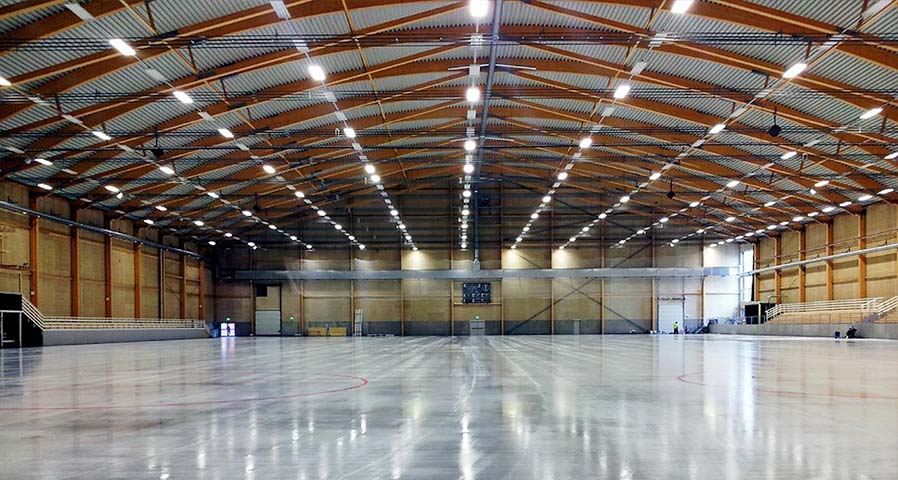








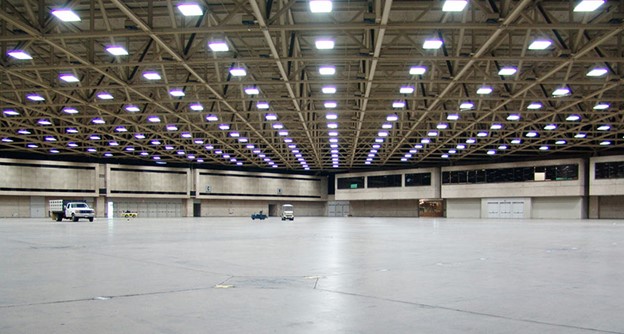
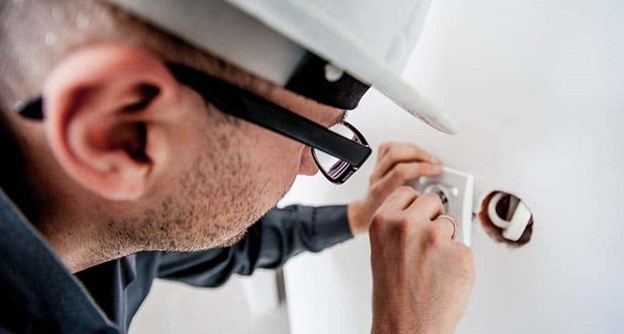
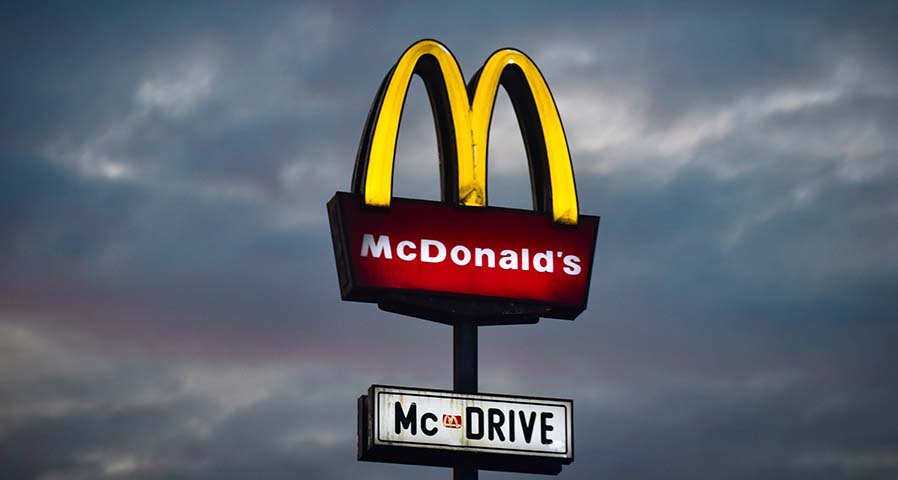


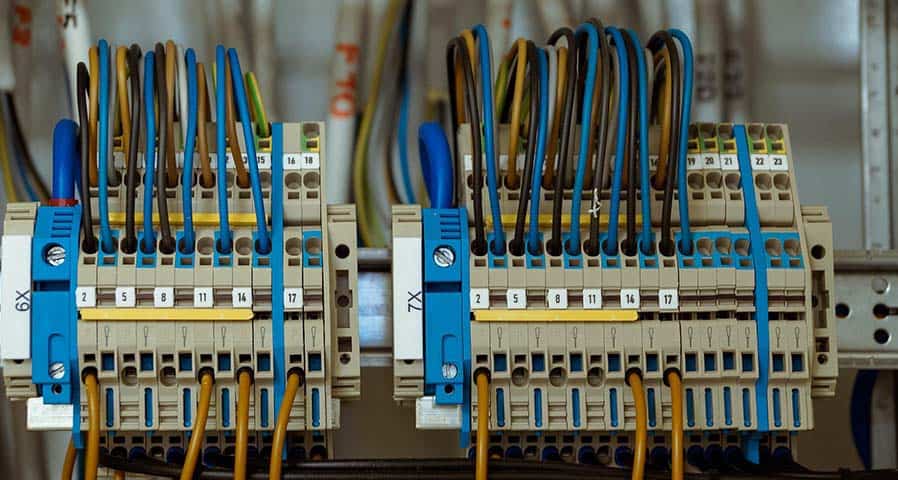



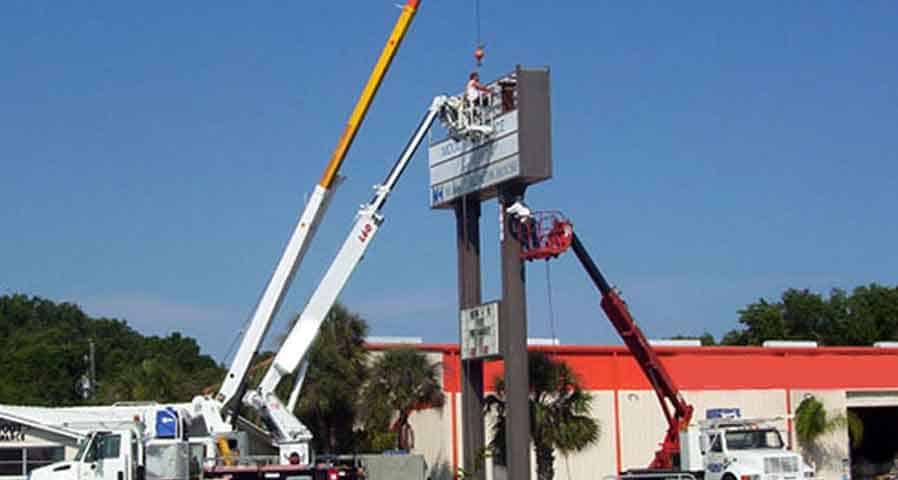




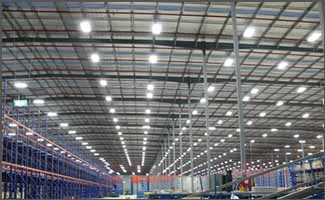








0 Comments